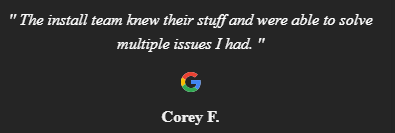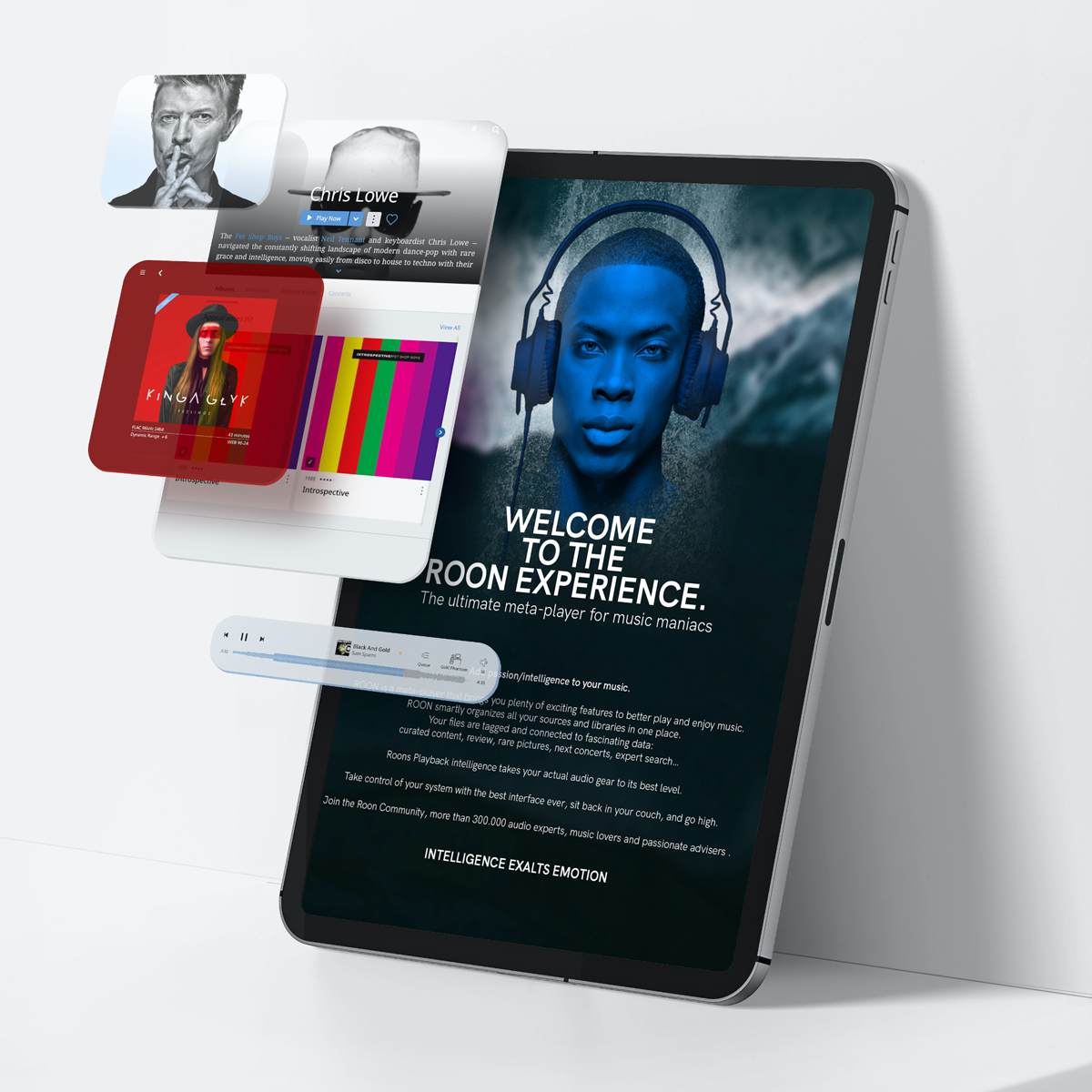Behind the Blueprints: How Barrett's Design Team Engineers Custom Shading Solutions
Photo Courtesy of CE Pro, Mila Samokhina.
Making Automated Shades an Integral Part of a Home
When most people think about automated shading, they picture motorized blinds that go up and down at the press of a button. Of course, this is what shades do. But walk through any Barrett's Technology Solutions installation, and you'll discover something more sophisticated. The shades are integrated so seamlessly into the architecture that guests often don't realize they're looking at something technology-related at all. This level of integration doesn't happen by accident—it's the result of our Design & Engineering Department, where specialists like Cody Cannon and Santiago Espinoza spend their days solving the complex puzzle of fitting complex technology smoothly into a home.
The In-House Advantage
While some integrators rely on subcontractors or basic installation crews, at Barrett's Technology Solutions, we take a different approach. Their Design & Engineering department, led by VP of Operations John Cook and featuring specialists like Santiago Espinoza and Cody Cannon, meticulously plans every technical detail in-house. An in-house team can have more control over the implementation process to deliver solutions that are much harder to coordinate using multiple outside vendors.
"Most people might not realize the level of customization involved," Santiago explains. "Every residential system is unique, and we have to consider the specific needs and preferences of each homeowner. We're not just installing equipment; we're designing an experience for everyday tasks."
This personalized approach shows up in meaningful ways. Where another integrator might suggest standard mounting solutions, our team plans for custom recessed pockets that make shades disappear into the ceiling. They might also specify motors based not just on window size but also on the materials involved.
“I think the best part of the job is getting to those steps in the process where everything is on paper, but not built yet. Seeing a fully designed system ready to get started on feels like a beginning” said Cody. Because the end of our Design & Engineering team’s work marks the beginning of the ordering and installation process, it is paramount that architects, interior designers, and contractors advise their clients to bring us into a project as early as possible to achieve the level of customization that goes into a bespoke home.
Early Collaboration
Santiago's background in architectural drafting gives him a unique perspective on why timing matters. When Barrett's Technology Solutions gets involved in a new home build or renovation during the initial design phase, they can work directly with architects and interior designers to create something truly integrated. This means developing architectural blueprints with technical overlays that show details like where recessed pockets need to go and how blackout channels will eliminate light gaps.
"In the early stages, I provide input on the technical requirements and possibilities of the systems," Santiago notes. "I work with architects and designers to integrate the technology into the home's design. Getting in on the ground floor helps avoid issues later in the project and makes sure that the technology works like it should and fits the homes’ aesthetics.”
The difference is dramatic. Instead of retrofitting technology into finished spaces, the team designs homes where the technology belongs from day one. Electrical rough-in happens in exactly the right locations. Even the smallest details, like ensuring adequate clearance for shade mechanisms, get addressed before the drywall goes up.
The Technical Details
Cody turned a hobby into a career at Barrett’s Technology Solutions. “I got into tech through video games and reading for the most part. Building my first PC on my own when I was fifteen, and then going to technical college for mechanical engineering,” he said. Having that expertise on our team adds massive value to our homeowners, even though Cody’s role is behind-the-scenes.
Our team creates detailed technical drawings that show contractors exactly how to frame recessed pockets, where we will run low-voltage wiring, and how to coordinate with other trades. They specify everything like the exact depth needed for motorized hardware or where dual shade rollers might be the best option.
When the project is complete, homeowners see shades that operate silently, work in unison, and integrate seamlessly with their lighting and climate systems. What they don't see is the engineering that made it possible.
"Shades are a standout solution that really contributes to a space's overall experience," Santiago explains. "The flexibility of Lutron's Palladiom wireless, for example, allows for clean installations without sacrificing performance. It's rewarding to work with technology that enhances both functionality and aesthetics for the client."
Ready to discover the luxury of perfectly integrated automated shading? Contact Barrett's Technology Solutions to explore how our design and engineering expertise can bring seamless automation to your home.




